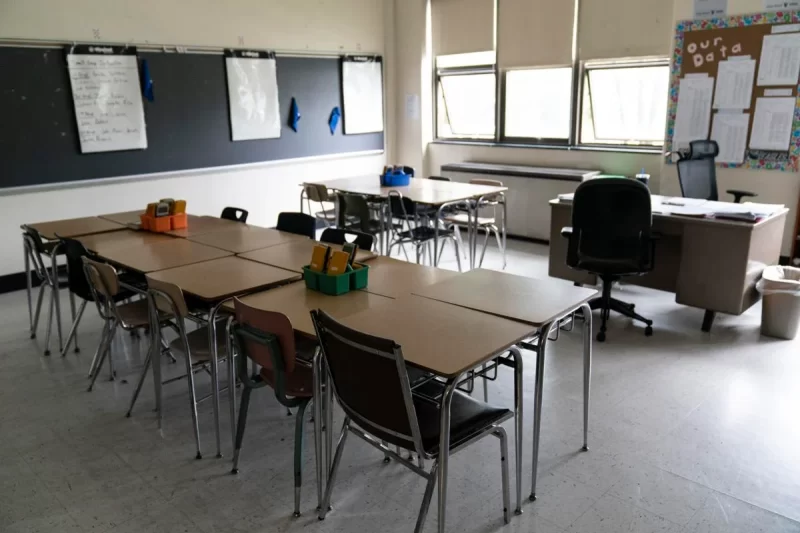By Anthony Hennen | The Center Square
(The Center Square) — While the Pennsylvania budget stalemate remains, senators argued over the importance of school choice and increasing public school funding at a committee hearing in Reading.
The Senate Education Committee met Tuesday to discuss “student opportunities for success,” hearing from parents of children in public and private schools in Reading, as well as public school leaders of Reading School District.
“There’s a lot of frustration inside the room and outside the room regarding public education,” Sen. David Argall, R-Pottsville, said. “In the last few years, Republicans and Democrats have worked together to make billions of dollars in additional investment in public education. But we’re concerned that the results have not been what any of us have hoped.”
Parents who support Lifeline Scholarships, which would provide grants to low-income students in underperforming schools to attend charter or private schools, spoke about their desire to have options.
“Children across the commonwealth are falling behind,” said Sara Torres, a mother in Reading with a child in high school. “I would like to have an alternative to save my child.”
Torres was also critical of money in the school budget going to places other than the classroom and focused on students.
“I send my son to a private school because it makes us feel like family. It’s a smaller community,” Leann Thomas, another Reading mother said. “I hope that you guys are willing to listen to what others have to say and take into consideration what scholarships do for low-income families.”
“The public system … has to change,” Sen. Anthony Williams, D-Philadelphia, said. “Zoning our children to sections of the city or the state doesn’t work …(there has been) billions of dollars spent with no return on academic achievement or success.”
Defenders of public schools emphasized that the problem is a lack of state support when dealing with major hurdles.
Reading School District, according to Superintendent Jennifer Murray, serves a student population that is more than 95% low-income and 27% learn English as a second language. Over 25% are special-education students as well.
“We have had many challenges over the last few years, which includes staffing shortages, especially in the teaching field, along with teacher and administrator turnover,” Murray said. “Reading remains underfunded.”
She said “proper funding” gives districts the resources to hire experienced educators, maintain smaller class sizes, and offer “differentiated” instruction that improves student performance on standardized tests.
“The families in this district deserve equitable, robust, and sustainable funding from the state,” Murray said. “Programs that divert funding from precious public resources and from the needs of the Reading school district students is a disservice to them.”
Despite a shared priority of improving student outcomes, the solution – more state funding or more school choice – deeply divides legislators, pushing a budget deal further out of reach.
